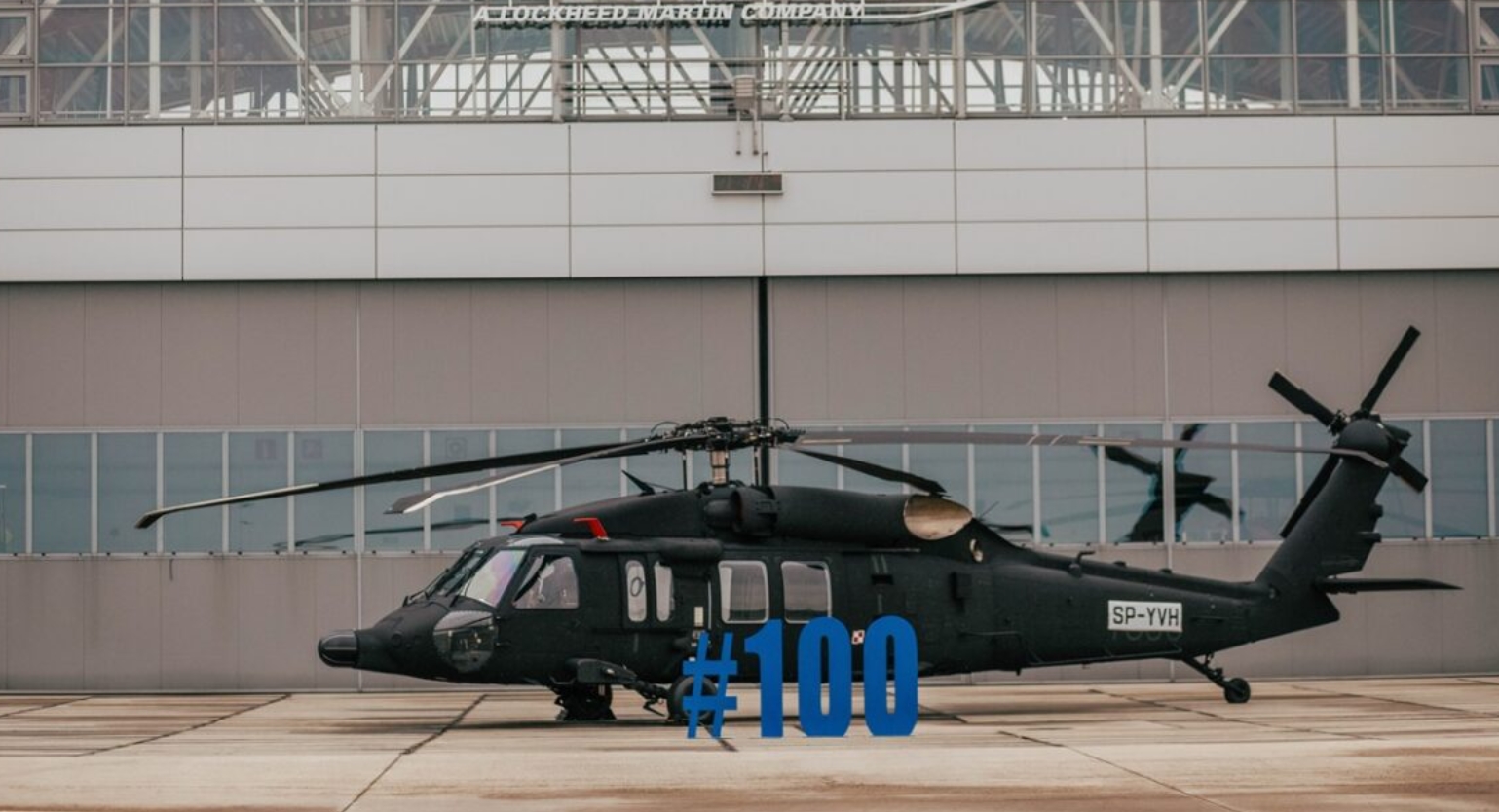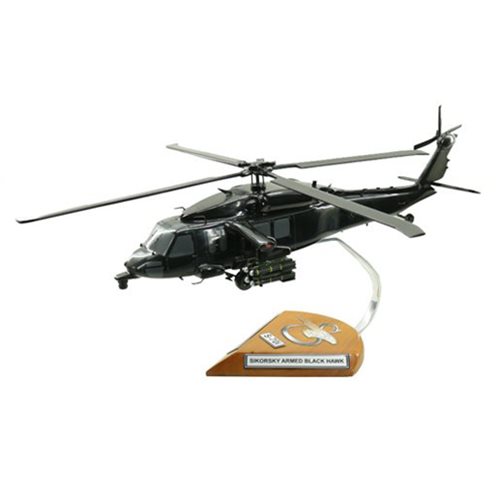Revealing the Sikorsky S 70: Technologies and Advancements in Helicopter Design
Revealing the Sikorsky S 70: Technologies and Advancements in Helicopter Design
Blog Article
Modernized Vertical Lift System With Advanced Compound Frameworks and Boosted Precaution
In the realm of vertical lift systems, a substantial change towards innovation has been observed, driven by the combination of advanced composite structures and enhanced safety and security procedures. In exploring the merging of modern technology and safety in modern-day lift systems, a compelling story arises, showcasing the potential for transformative advancements that cater to the ever-evolving demands of commercial industries.
Evolution of Vertical Lift Platforms

The evolution of vertical lift systems can be traced back to fundamental wheel systems and early lift styles. With time, advancements such as hydraulic systems, electrical motors, and progressed control devices have significantly boosted the performance and safety and security of these platforms. Manufacturers have additionally concentrated on improving the security, reach, and load-bearing capacities of upright lift systems to meet the diverse needs of various markets.
Moreover, the combination of clever modern technologies like sensors, IoT connectivity, and automation features has actually even more transformed the abilities of contemporary upright lift systems. These technological improvements not just enhance operational productivity however additionally ensure heightened safety and security requirements for employees using these systems at various heights. The continual advancement of upright lift systems underscores their essential duty in boosting upright mobility across markets.
Assimilation of Advanced Compound Structures

Moreover, using innovative composite products enables even more complex and enhanced architectural designs, making it possible for engineers to customize the platform's residential or commercial properties to satisfy details efficiency needs. This personalization can result in enhanced the rules of aerodynamics, lowered resonances, and boosted overall security throughout operation. The combination of advanced composite structures also adds to a decrease in upkeep expenses Get the facts and downtime, as these materials display outstanding resistance to environmental elements and have a longer service life contrasted to standard products. Generally, the incorporation of advanced composite structures in modern-day vertical lift systems represents a considerable advancement in aerospace modern technology, resulting in more efficient, reputable, and more secure aerial transport systems.
Improved Precaution Execution
Applying boosted safety actions is vital in ensuring the optimal performance and dependability of modern-day vertical lift systems. These actions encompass a variety of techniques targeted at mitigating dangers and enhancing general safety requirements. One key element of enhanced precaution is the assimilation of innovative sensor modern technologies to keep an eye on different parameters in real-time. By making use of sensing units for features such as architectural wellness surveillance, tons monitoring, and ecological picking up, possible risks can be determined early, enabling proactive upkeep and corrective actions.

Industry Applications and Benefits
With developments in innovation and engineering, updated upright lift systems have actually discovered diverse applications throughout various sectors, using considerable advantages in effectiveness and productivity. The building market advantages from upright lift systems by making it possible for workers to accessibility elevated areas safely and successfully, boosting total job timelines.
Furthermore, upright lift platforms play an important function in the maintenance and repair work of infrastructure such as bridges, high-voltage line, and buildings, permitting service technicians to get to inaccessible areas easily (sikorsky s 70). The aeronautics sector likewise leverages these platforms for airplane maintenance and setting up tasks, improving workflow performance and ensuring employee security at elevations. Generally, the prevalent fostering of modernized vertical lift platforms across sectors highlights their adaptability and the significant renovations they give various operations
Future Trends in Lift Platform Technology
Incorporating sophisticated automation and smart features, lift system modern technology is poised to change vertical transport systems in the near future. One crucial pattern is the assimilation of Internet of Points (IoT) innovation, making it possible for lift systems to communicate real-time data for predictive upkeep, optimizing performance, and improving safety. As lift system modern technology proceeds to progress, these fads are established to shape the future of upright transport, making it more effective, risk-free, and straightforward.
Conclusion
In conclusion, the modernized vertical lift system showcases the evolution of innovation in the look at more info industry. By incorporating sophisticated composite structures and improved security measures, this system uses enhanced performance and safety and security for various applications. The market can benefit substantially from these improvements, and future fads in lift system technology are most likely to proceed surpassing these developments for also higher success and effectiveness.
In the world of upright lift systems, a considerable shift towards modernization has been observed, driven by the combination of sophisticated composite structures and heightened safety and security actions. The continual advancement of vertical lift systems emphasizes their important role in boosting vertical wheelchair throughout sectors.

The consolidation of innovative composite structures in contemporary vertical lift platforms has actually substantially enhanced their structural honesty and performance capabilities. By incorporating these innovative composites right into the style and building of vertical lift systems, manufacturers can lower general weight, rise load-carrying ability, and boost the system's durability and longevity.
Executing boosted safety measures is see this site crucial in ensuring the optimum performance and integrity of modern vertical lift platforms.
Report this page